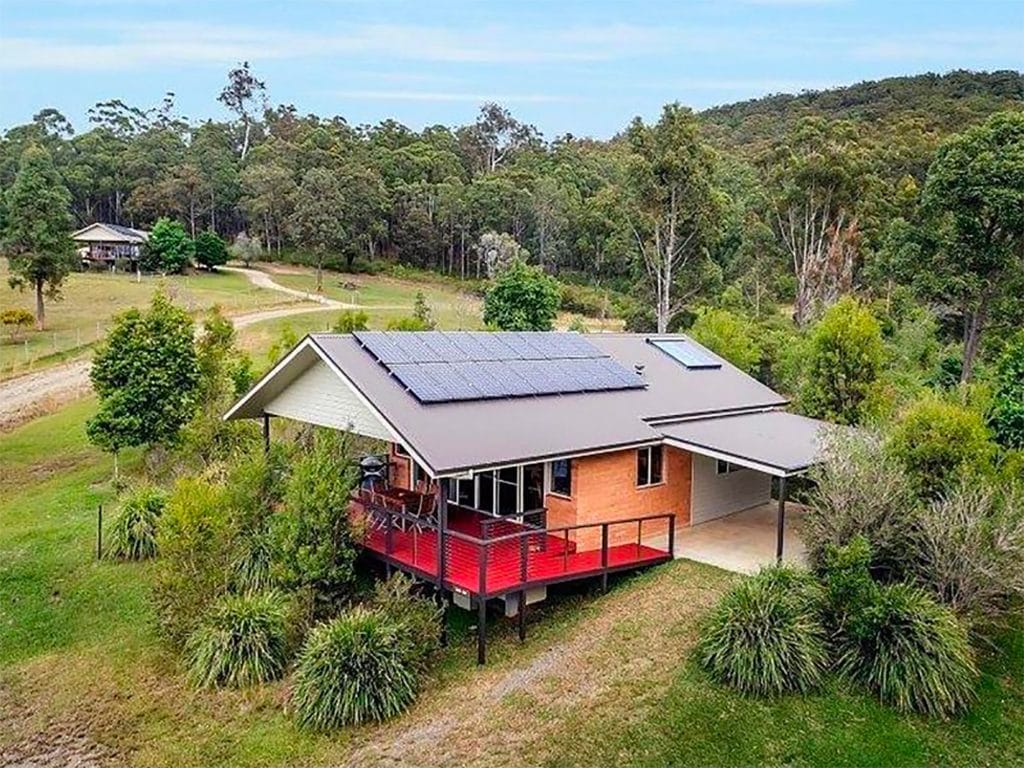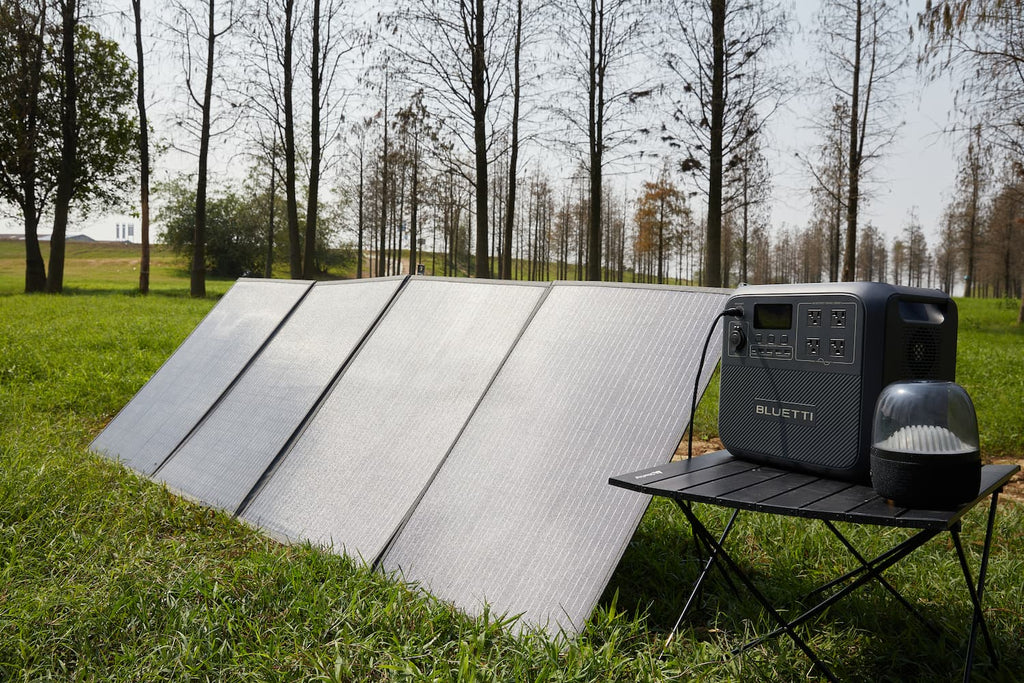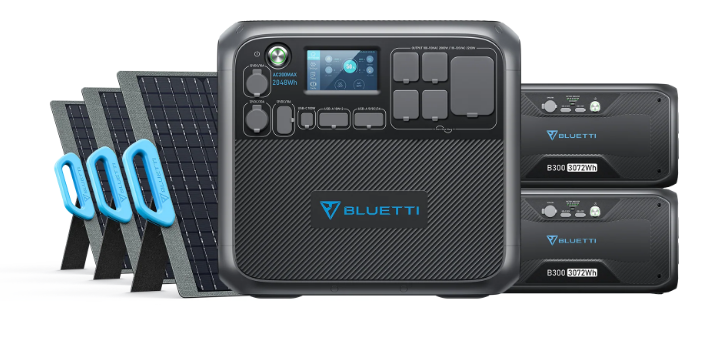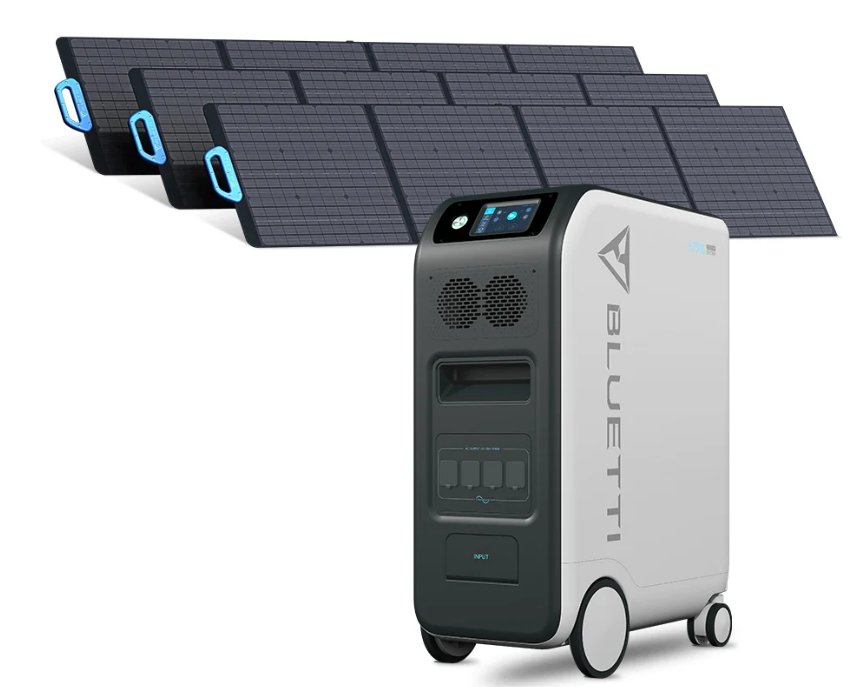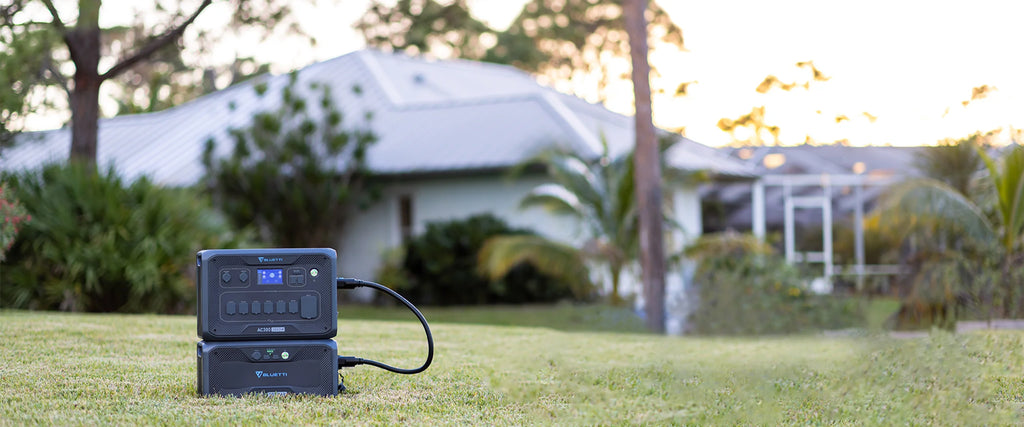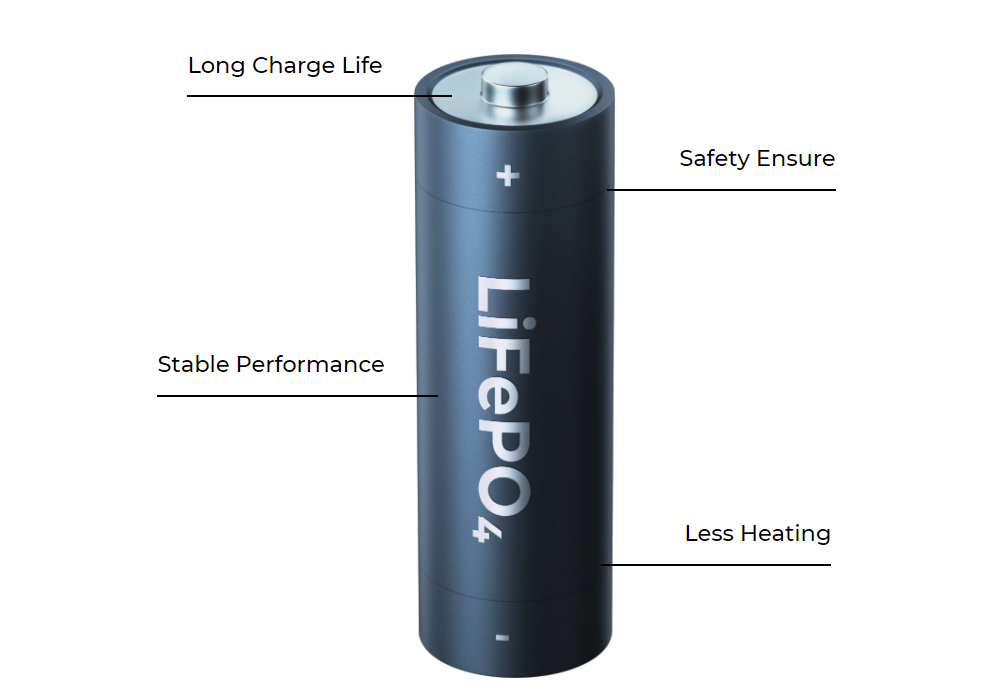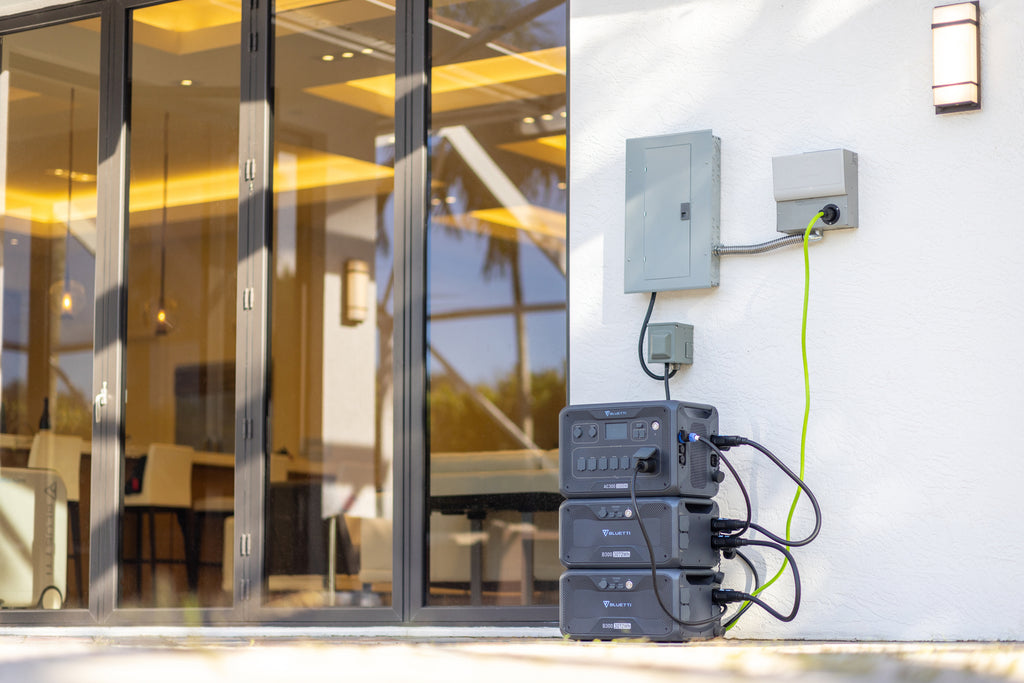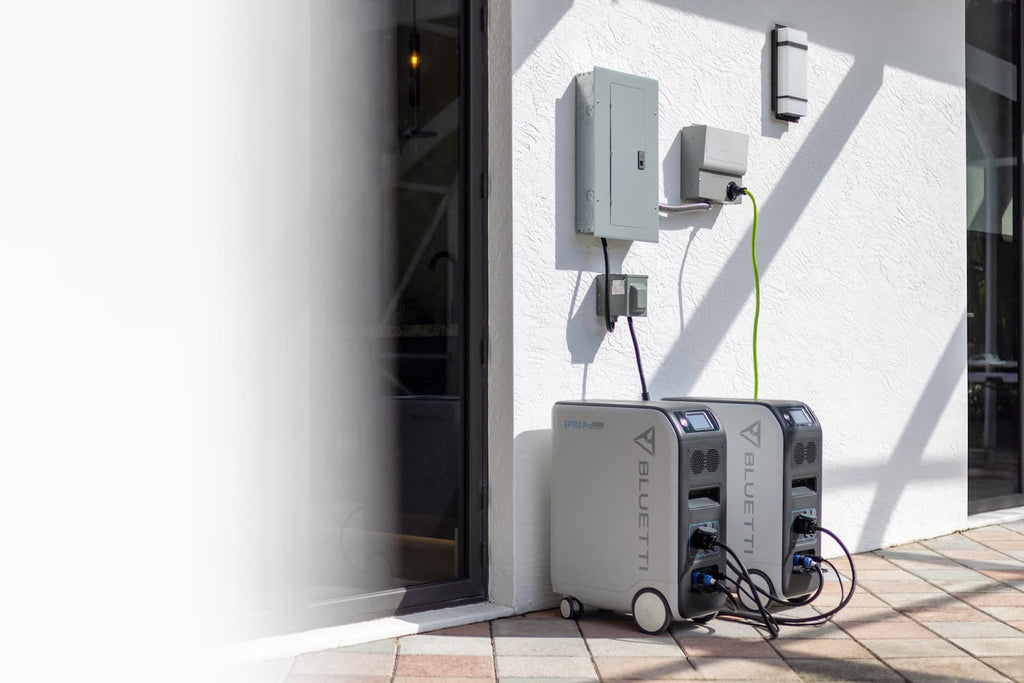In this blog, we will explore the four best solar generators for off-grid living in 2024. Stay connected to learn more about solar generators that can help you supply your household independently of any grid station.
The Best Solar Generators for Off-Grid Living in 2024
Solar generators can backup your household if it is situated in an off-grid region or in an area where power outages are common. The electricity produced by these solar generators can supply all your household appliances.
Below are the best solar generators for off-grid living in 2024. Lets dive in and explore the best solar generators for off-grid living in 2024.
1. BLUETTI AC200L Portable Power Station

The BLUETTI AC200L Portable Power Station can provide you with a power output of as much as 2,400 AC with a transient surge of 36,000W. The capacity of this portable power station is as much as 2,048 Wh.
Furthermore, the capacity is expandable with B230. These added batteries can extend the power capacity to 4,096 Wh (with 1 B230) or 8,192Wh (WIT 2 B230), respectively. Also, you can recharge it instantly within 45 minutes using as many as six modes of recharging.
2. BLUETTI AC300 + B300 Home Battery Backup

This BLUETTI AC300 + B300 can back up your household if its daily power requirement is as much as 3000 watts. This power output can surge up to 6,000 watts temporarily to start up heavy devices. Plus, it comes with a free PV200 solar panel.
Furthermore, its capacity is 3072 Wh which can extend to 12,288Wh when four B300 batteries are added to the station. This power station has a LiFePO4 battery, which assures you durability and works with 80% efficiency even after 3500 cycles of recharging.
3. BLUETTI AC500 + B300S Home Battery Backup
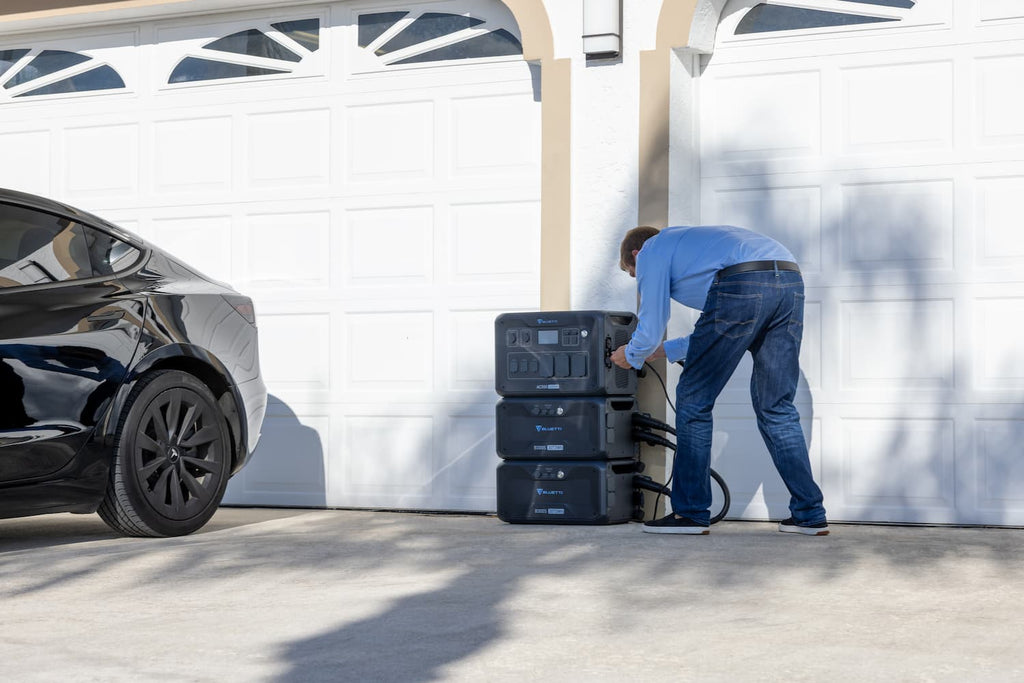
The BLUETTI AC500 + B300S can supply you with 5000W of continuous power supply. For a temporary power surge, this portable power station can offer as much as 10,000W of energy. The expandable capacity of the home battery backup system can range from 3,072Wh to 18,432Wh. Plus, it comes with a free PV200 solar panel, and 2 P150D to P090D.
This LiFePO4 battery ensures durability with 80 working efficiency even after 3500 cycles of recharging and discharging. You can also control this power supply backup remotely through mobile applications. Furthermore, you can recharge this power station using six different methods, including AC, Solar, car, generator, or lead-acid batteries.
4. BLUETTI EP500Pro Solar Power Station

The BLUETTI EP500Pro can supply your household with a power supply of 3000W. This LiFePO4 Battery offers you 80% efficiency even after you have used it more than 3500 times. This portable power station is an off-grid energy storage device that can load multiple devices at a time.
Furthermore, the capacity of this solar power station is as much as 5120Wh. You can control this power station even when you are away from your home using the smartphone application available online.
How Do You Select the Best Solar Generator for Off-Grid Living?
When you are out shopping for off-grid generators, there are several factors you should keep in mind. These factors will help you make your household electricity generation self-sufficient. That way, you can use these solar generators to power your household during power outages and even if you are living in an area that is off-grid.
Here are some of the factors you should consider when selecting the best solar generator for off-grid living.
Power Needs
Just before you go out shopping for solar generators to back up your household during a blackout or within an off-grid region, you should know what your power needs are. To do so, you can list the appliances and devices you use on a regular basis.
Once you have all your appliances on the list, you can then calculate the power consumption of each device or appliance. Add the power consumption of each appliance and calculate the total daily consumption of your household.
With a rough estimate of total power consumption in mind, you can find yourself a power generator with a capacity that can supply the daily consumption. Furthermore, you will be able to estimate the size of the generator that can feed your daily electricity consumption for an off-grid household.
Portability
Portability is also a crucial factor to consider when selecting the best generator for off-grid living. If you love traveling and you keep moving from place to place for some reason, you need a solar generator that is portable.
Furthermore, the portability factor especially works when you are constantly on the move, hopping from one off-grid region to another. You can put your portable solar generator in the trunk of your car and get it transported to different off-grid spots.
Run-Time
You should also estimate how many hours of the day you need this power supply backup. For those living in off-grid areas, the consumption time can be 24 hours a day.
Meanwhile, for those regions where grid electricity is accessible but power outages are common, you may need a backup power supply for almost 6-12 hours. Hence, you must know your daily power consumption time.
When you have your daily run-time in mind, you can then select the best generator for your needs. You can look into the details of the power generator and find yourself the solar power generator that can backup your household for the required hours of the day.
Sustainability
If you are eco-friendly and conscious about environmental health, you will certainly want a power supply backup that is sustainable. Solar power generators are sustainable sources of electricity and are highly eco-friendly with a low carbon footprint.
Budget
You always have a budget in the back of your mind when you go shopping. Hence, when you are going shopping for the best generator to back up your off-grid household. You can align your budget based on the features and capacities of the solar generator you are looking for.
On the other hand, if you are looking for a long-term power backup for a solar generator, you should keep your budget as big as the life you expect from your solar power generator.
Benefits of Solar Generators for Off-Grid Living

Solar generators for off-grid living offer you several benefits ranging from sustainability to cost effectiveness to low maintenance. Below are some of the benefits of solar generators for off-grid living:
Reduces Energy Costs
Solar generators can back up your household without costing you monthly bills or hefty maintenance charges. These solar generators produce power using solar energy as its fuel. This makes it a cost-effective source of electricity generation to back up one’s household.
Low Maintenace and Noise-free
One of the most significant benefits of solar generators is that they do not produce that annoying noise. You can enjoy a constant supply of electricity and not get agitated by the noise the other kind of generators produce.
Furthermore, once you have installed the solar generator in your house's electricity system, you can enjoy this free-of-cost source of electricity hassle-free. Solar generators do not demand your attention or money as much as you consume on other types of generators.
Sustainability
Solar generators have low carbon footprints and release fewer air toxins compared to the other generators. These are eco-friendly sources of electricity production that do not combust feuls to produce electricity and air pollutants as the byproduct.
How Much Solar Power Do I Need to Live off the Grid?
You can calculate your daily power consumption by looking at your monthly electricity consumption. Once you have determined your monthly electricity consumption, you can divide it by 30 to calculate your daily electricity consumption.
However, if you are starting off with your new off-grid household, you can calculate your electricity needs by calculating the power consumption of each appliance at your place. You can add the power requirements of these appliances and get yourself the solar power you need to live off the grid.
Final Thoughts
All in all, when selecting a power station to supply your off-grid household, you need to consider multiple factors that can range from your daily consumption to your budget. Furthermore, you should also look for the power station’s capacity.
You can align your daily power needs with the production capacity of the power station. That way you will be able to aptly supply your household through these power stations.
You can further look into The Secret to choosing the best Battery Generator for Home. This blog is a guidebook on what to look into your power station. Furthermore, we have suggested the four best BLUETTI power stations that can supply your household in an off-grid region. You can get yourself one of them to meet your daily energy requirements.
]]>